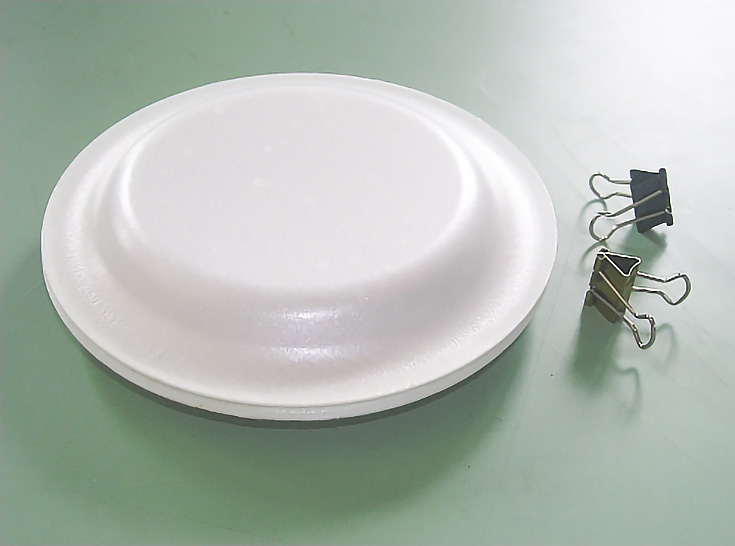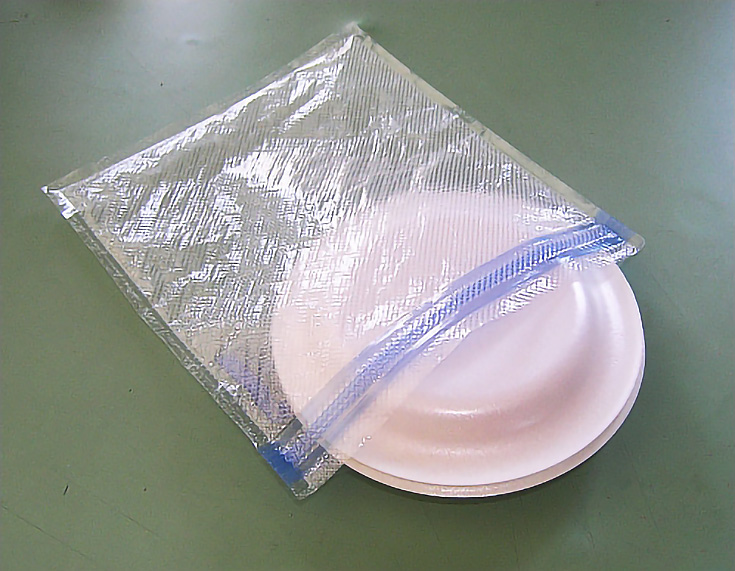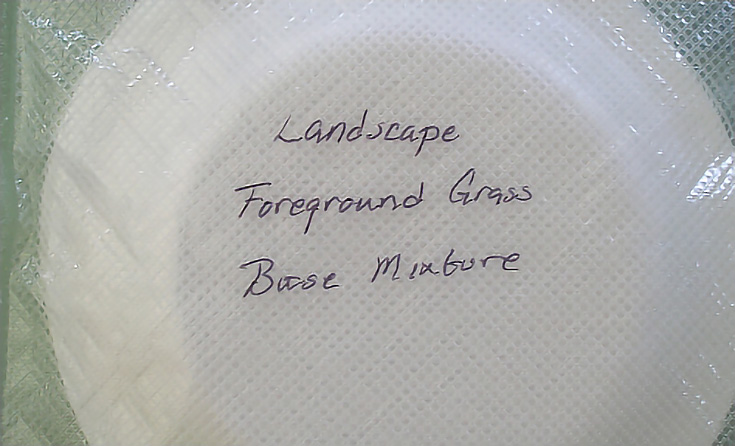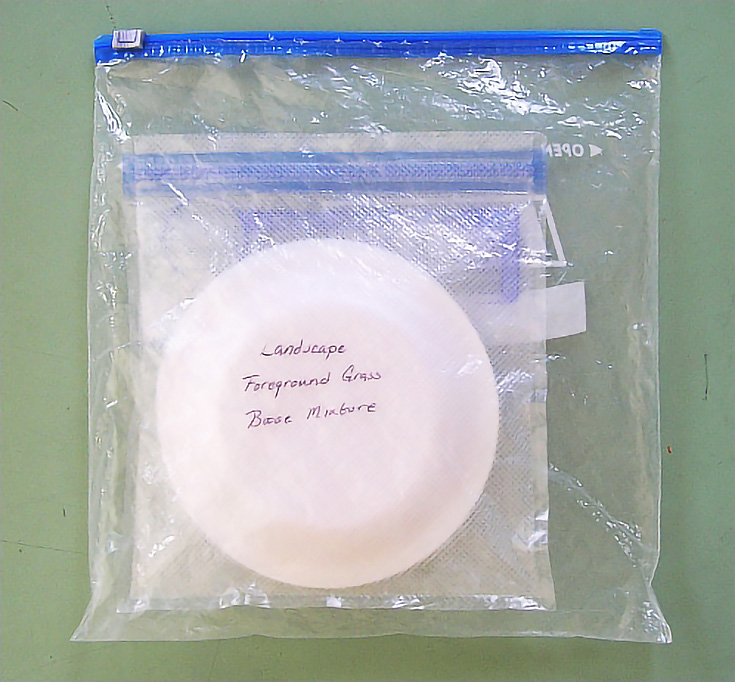If your life is anything like mine, you probably don’t have the opportunity to do art as much as you’d like. Maybe you’ve worked out a schedule that gives you an hour or two every day, or (more likely) a few hours once or twice a week.
Or maybe you have plenty of time in the studio, but you have several projects going at the same time and skip from one to another.
Either way, you MIGHT find yourself buying new tubes of oil paint more than you like, simply because piles of paint keep drying out on your palette. (Hey, it’s happened to all of us!) And if you’re like me, you probably thought to yourself, “If only there was some way to keep paint fresh and usable between sessions. . .”
Well, good news—there is!
How to keep oil paint from drying out
Ever since my own schedule’s been up in the air, I’ve discovered several ways to keep my paints fresh and brushable between painting sessions whether it’s just overnight or for a couple of weeks at a time.
AND, you probably already have all the supplies you need in your kitchen.
Here’s what I use to keep my oil paint fresh
1. Ordinary 9-inch foam plates
2. Sealable storage bags (like Ziploc)
3. A freezer
That’s it!
The foam plates are the kind you buy in bulk packs of 100 or 1000. They come in a variety of sizes so you can go larger or smaller as an individual painting project requires. I like these plates because a clean rag or paper towel is all it takes to wipe the paint off, and you can re-use them several times.
I use these plates for palettes, too, so I can typically store the entire palette for a specific painting. That way, I can use the same palette to continue painting later.
How to prepare oil paint for storage
It’s simple—I just place a second plate (of the same size) upside down over the “palette” plate, as shown below. I sometimes use small binder clips to fasten the plates together, but it usually isn’t necessary.
Next, I slide both plates into a re-sealable storage bag that’s just large enough to fit the plates. This tight fit helps reduce the amount of air inside that bag and helps keep the plates together.
I close the bag except for about 1 inch, then press the air out of the bag, and seal it.
Labeling your stored oil paint
The final step is labeling your bag, especially if the paint will be in storage for a while, as is often the case with larger paintings.
On my labels I like to include the title of the painting (or a description of it) as well as the area of the painting the paint is used for (sky, foreground, etc). For example, in the illustration below you’ll see that the mixture is the base color for the foreground grass in a landscape painting.
Even when I think I’m done with the foreground, I’ll still store the paint. If I need to make adjustments or touch-ups later, I can take this paint out of the freezer and won’t need to worry about matching the original mixture.
If I know for sure that it will be some time before I need that paint again, I slip the bagged paint into a second bag. The second bag should preferably be a freezer quality bag, but any resealable bag will do. Make sure all the air is out of the outer bag, as well, then put the package into the freezer.
I try to keep a part of our freezer exclusively for paint so as to keep foodstuffs and paint separate. If that’s not possible, putting packaged paint into a regular, plastic grocery bag (properly labeled) helps insure that food and paint stay separate.
Taking oil paint out of freezer storage
To prepare stored paint for use, remove it from the freezer but leave it sealed for an hour to avoid condensation on the inside of the bags or plates. Once it reaches room temperature, the paint is ready to unpackage and use, usually without the addition of painting mediums or oils.
If the paint has formed a skin, it’s easy enough to remove the skin and then mix in a drop or two of linseed or walnut oil to improve brushability.
NOTE: You can also use a vacuum bag to seal your paint if you’d like. I have a small, hand-held tool that draws all of the air out of the bag, and it was a very inexpensive purchase—less than $20, and well worth the cost.
Using 2 bags like I described above keeps paint fresher longer than any other method I’ve tried. I’ve taken paint out of the freezer that has been frozen for months and it’s still good once it warms up.
If you’re an oil painter, give it a try—I guarantee you’ll throw away a lot less paint!
PS, on a related note, if your paint is drying out inside the tubes, that’s a different matter entirely. Check out this post for the proper way to store your paint tubes.
This post may contain affiliate links.




